Take one Mk8 Volkswagen Golf, and bring it to the boil. Leave it to simmer, because we’re making a reduction here, and hoping to create something truly appetising.
First to boil off are the Mk8’s complex touchscreen controls and a full-width light bar, leaving something approximating a Mk7. Next, a range of turbocharged engines will evaporate away, resulting in a Mk6, and left for a little longer, a Mk5 will begin to take shape.

The mixture is getting lighter and more concentrated now, with the Mk4, whose rounded edges and soft-touch plastics slowly simmer off giving way to the Mk3, and stronger still as the boxy form of the Mk2 begins to appear.
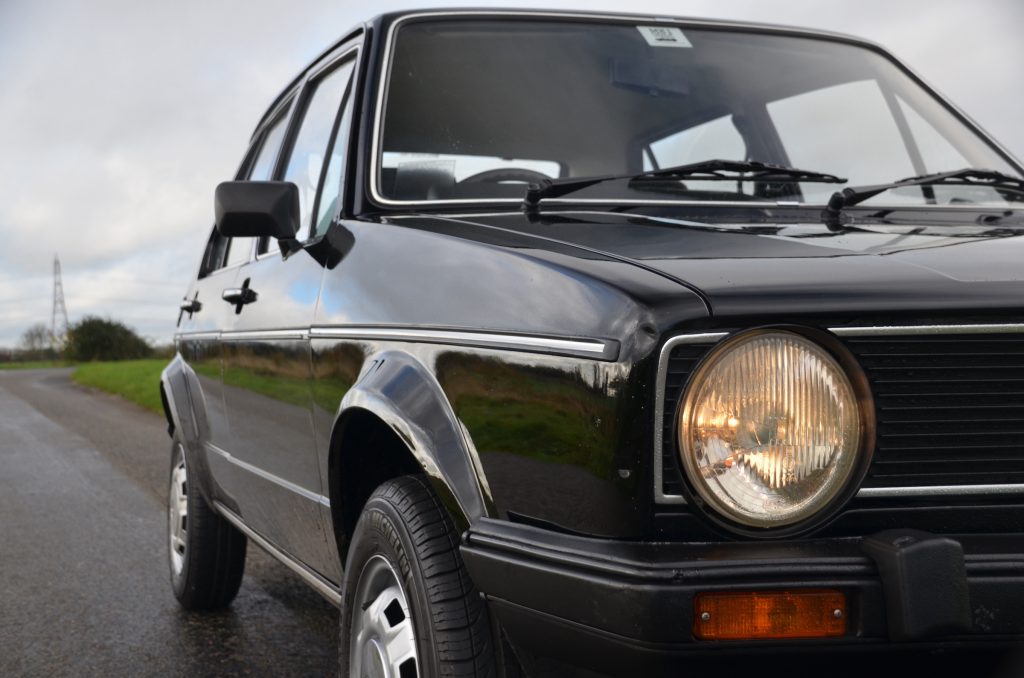
Finally, the edges sharpen further, revealing a the original recipe of this classic, popular dish: the Golf Mk1: same ingredients, distilled into a more vivid – and some might say, more palatable – package.
The Golf is rare in the automotive industry, in that its lineage is plain to see throughout its eight generations and nearly five decades. It is a quality the similarly-sized but fresh-faced ID3 electric car lacks entirely, and surely part of the reason you see a lot more Mk8 Golfs on the road than you do ID3s, despite their overlap in size and price. A Golf has cachet beyond the VW badge.
The reason it does is down to many generations carefully moulding its image and reputation, though it was the Mk1 that set the template. The Golf has grown, gained equipment, become fatter and faster, and for enthusiasts created a scene as grand and diverse as its predecessor, the Beetle, but the essence has remained.
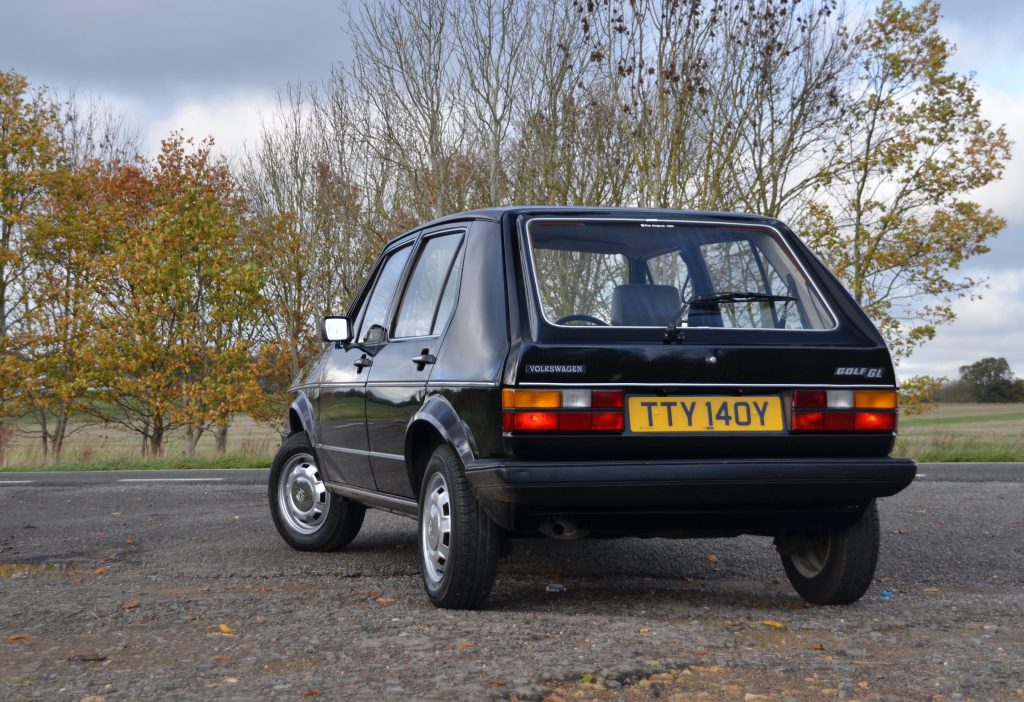
That’s evident from the first click of the doorhandle on this 1.5-litre Golf Mk1 GL, resident of the Volkswagen UK heritage fleet. Or rather, it’s evident when you then close the door again, and it shuts with a clichéd thud that wouldn’t be out of place on a Mercedes from the period.
It goes almost without saying that this was a unique attribute in its segment, the Golf just a shade longer than cars like the Fiat 127, Renault 5 and first-generation Honda Civic, and significantly smaller than the Ford Escort, whose path it would eventually cross. Small cars simply did not feel like this.
Well, the Beetle did, to an extent, and while the Golf was penned with a clean sheet, it was the Beetle, popular but archaic, it aimed to replace. The Beetle was, by the 1970s, already effectively three decades old. If you could go back and tell someone at the start of that decade it wouldn’t cease production until 2003, they’d probably think you’d hit the substances a little too hard in the late 1960s.
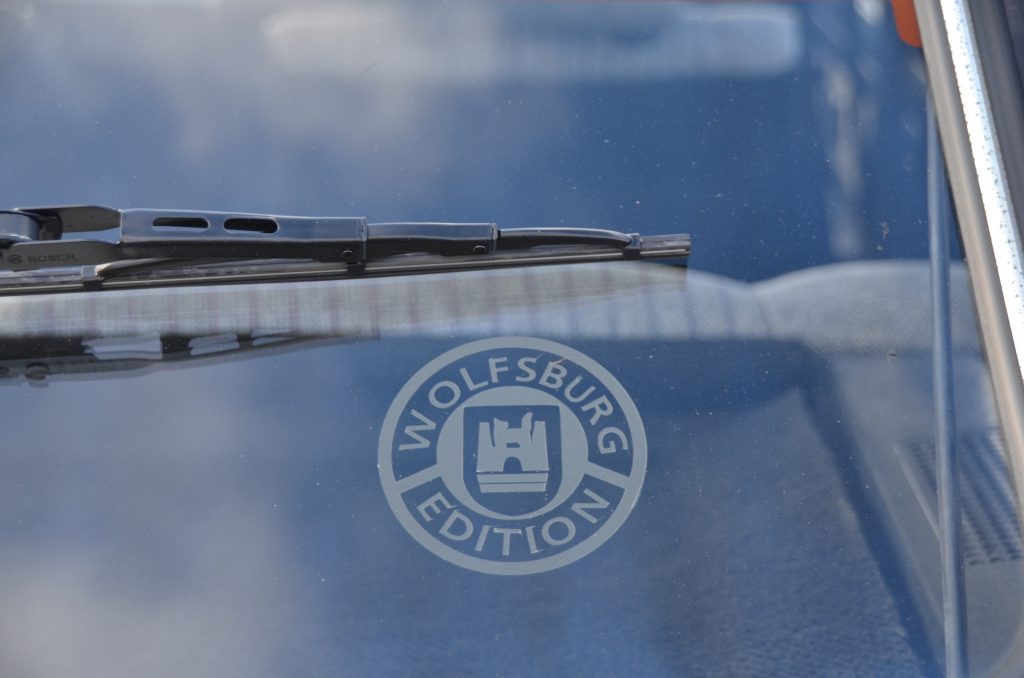
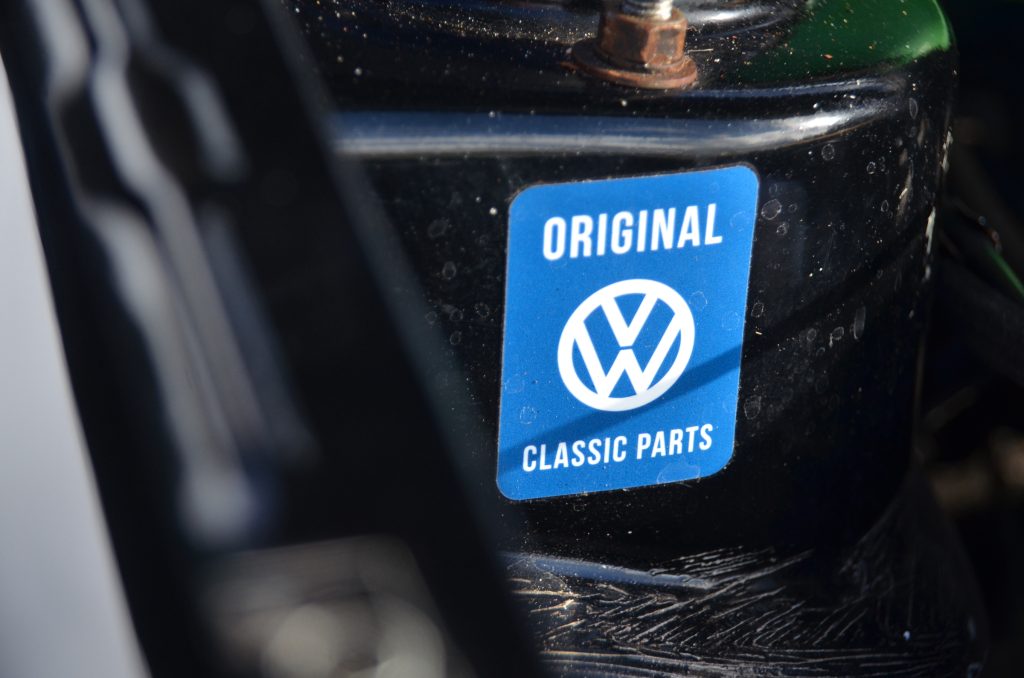
While the Beetle was losing comparison tests and market share left, right and centre to fresher rivals like the Toyota Corolla, VW was nevertheless cautious when launching the Golf, and debuted its new front-wheel drive architecture not with this crucial family hatchback but with the sporty Scirocco – itself a car with a complicated role, having taken over from the Porsche-developed 924 as the brand’s sports offering of choice.
It need not have worried. The Scirocco was well received, and the Golf… well, the Golf has become the biggest-selling Volkswagen nameplate of all time, at more than 35 million units, or 14 million more than the Beetle. Sure, that’s over eight generations, but had VW not got it right, it would surely have ditched the tag long ago.
Which is the best Golf? A question nearly impossible to answer, and more so if you remove the sporty GTI from the equation, where the order is perhaps more clear-cut. Generations one, two, four, five and seven all stand out. Seven is possibly unmatched as an all-rounder, two is among the most usable classics you could hope to find.
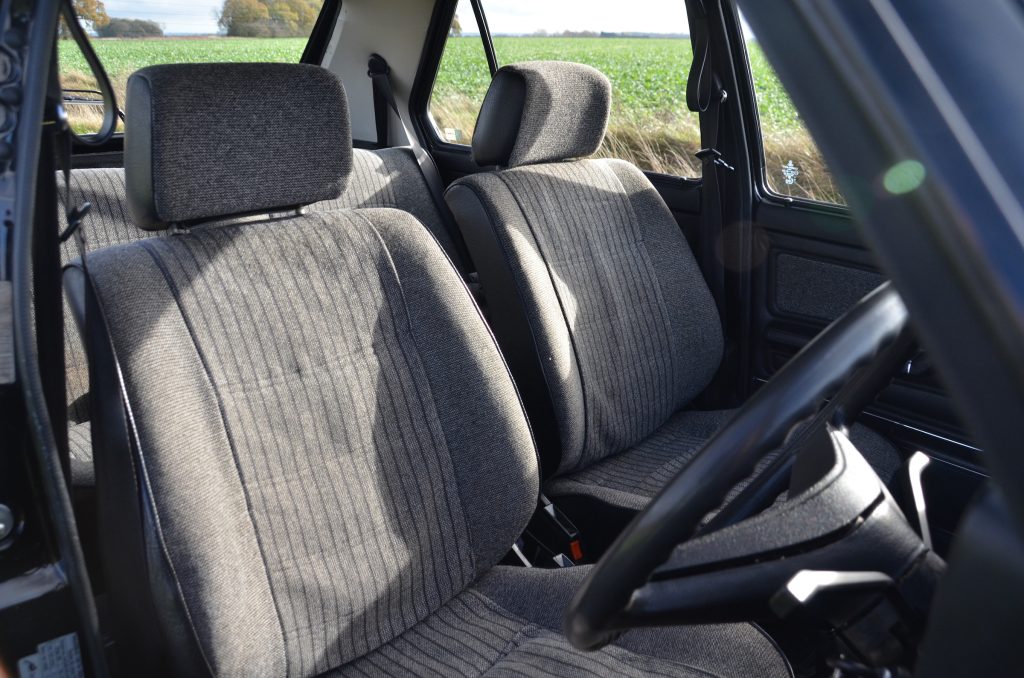
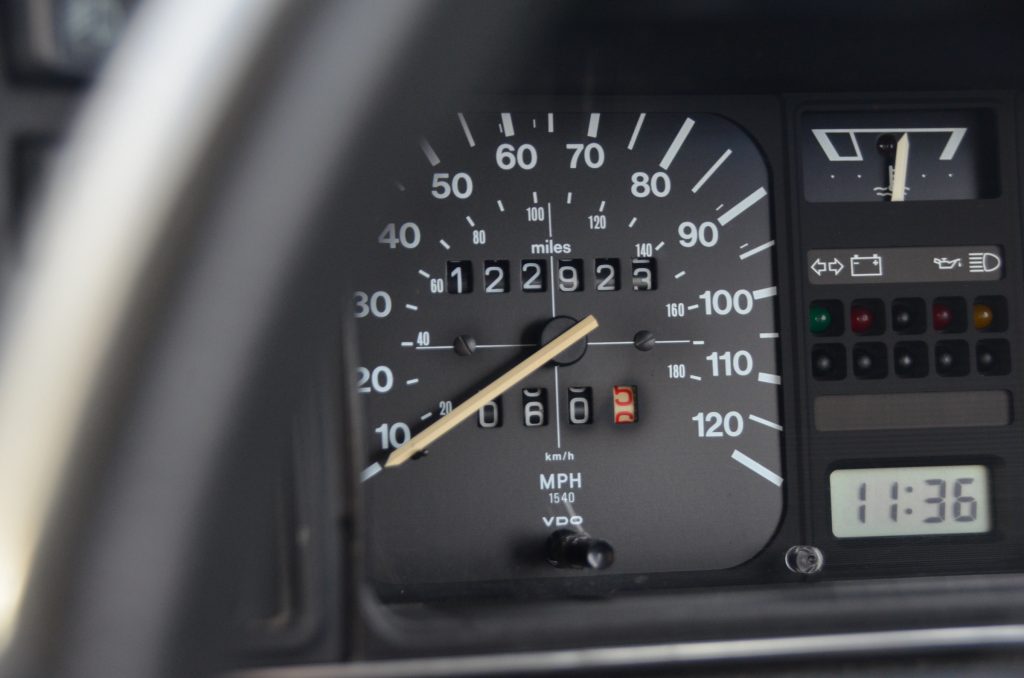
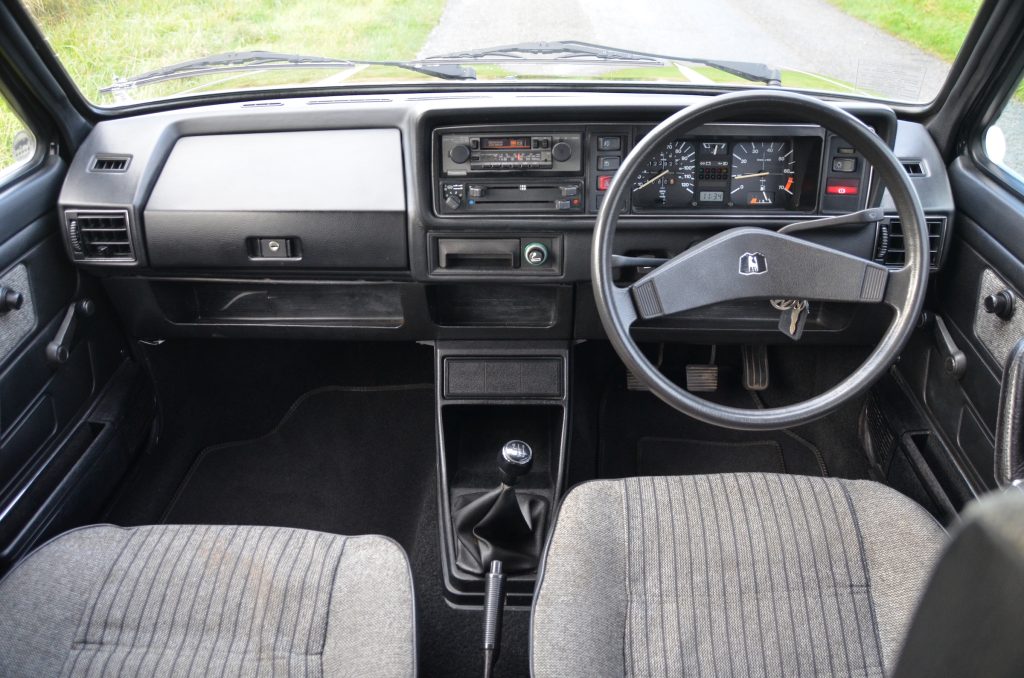
The Mk1, the car we have here, is the design icon. It’s the one that started it all, the Giugiaro shape, and as described earlier, the template for all that followed.
A cold, damp, and breezy day in Bedfordshire isn’t the most glamorous test location, but my starting point of Milton Keynes seems somehow appropriate. The city had only been around for 16 years by the time this Golf was registered in 1983. The driveways of MK’s modernist estates must have been full of them in the 1970s and 1980s. If you could put a sharply-styled Golf in front of your 1960s semi, you were probably doing alright in life.
With 68bhp from a single-cam 1.5 the Golf springs eagerly up to speed, aided by sensibly tight gearing. There’s not the pep of the GTI, but more than enough not to baulk all the diesel SUVs that now thunder along between the roundabouts.
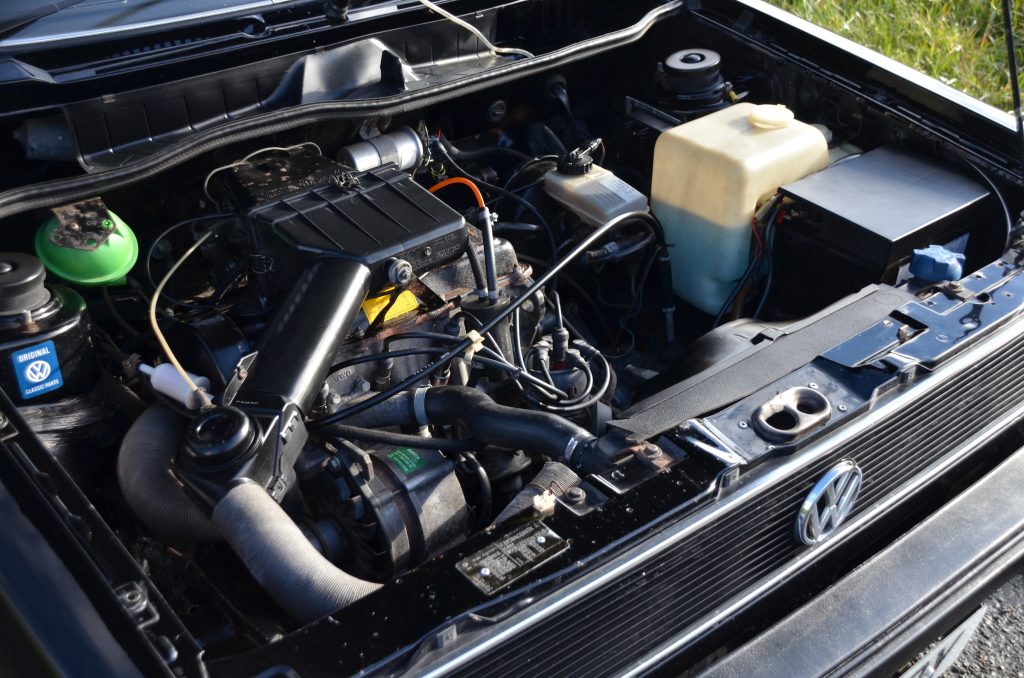
Gearshifts are of the light and slightly obstructive variety, something I recall from my last drive in a Golf Mk1 GTI, and the brake pedal pushes through a bit of squish before the anchors do their best work, another familiar feature to VWs of this era.
Yet it does not feel especially “old”. It has older characteristics, like more primitive levels of noise, vibration and harshness, a unique feel to the steering, far better visibility than any modern car owner would be accustomed to, but equally you could put someone from a modern supermini into the Mk1 and they’d get the hang of it pretty quickly. Anyone with even the slightest taste for, and knowledge of older cars wouldn’t think twice about using it regularly – the Golf just gets on with it.
Through a few familiar corners the Golf hangs on gamely and steers smoothly. It won’t egg you on like even the most basic Peugeot 205, but then the most basic 205 makes a noise like a kid’s playhouse when you shut the door, and the dashboard feels like it emerged from the same petrochemical factory.
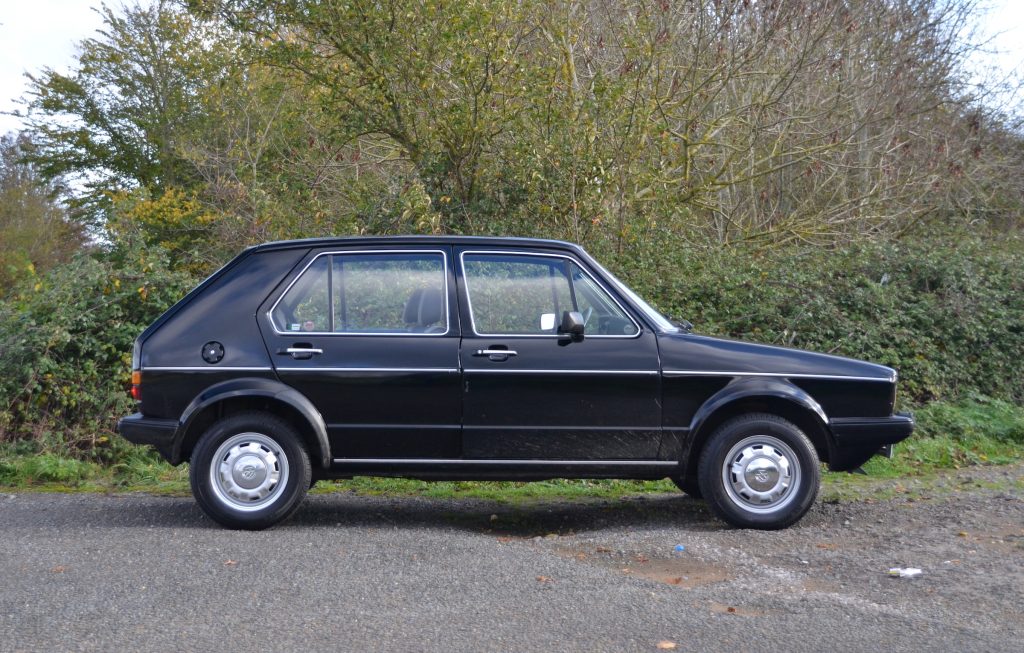
By contrast Golf buyers at the time really were inheriting a sliver of the experience you’d find in say, a W123 Mercedes – possibly dour, sometimes light on standard equipment, but reassuringly robust. Robust could be used to describe values too, with a concours early mk1 (and not even the GTI) costing over £10k these days. A good to excellent 1.5 GL like this car will set you back between £4000-£7000, if you can find one: non-GTIs are comprehensively outnumbered by their sporty siblings, and by convertibles, in the classifieds. At the time of writing, we can’t find a single one like the car tested here for sale.
I’m personally the kind of person who’d opt for something French, or maybe Italian, and live with a step down in quality for a healthier helping of brio. But the enormous enthusiast and aftermarket scene for Volkswagens of all eras shows there’s clearly merit in Wolfsburg’s own combination of qualities, and that reflects on the values too.
It’s a combination that continues today with the very latest VWs, and it’s one that started way before the Mk1 ever hit the roads. But on acquaintance with this well-travelled and lovingly-preserved Golf Mk1 GL, those qualities might be at their most vivid.
Check out the Hagerty Media homepage for daily news, features, interviews and buying guides, or better still, bookmark it.















FWIW the Mk1 Golf continued in production in RHD form in South Africa as the Citi Golf until as recently as 2009, with various cosmetic mods/improvements – opportunity for rust free grey imports?
I have a left hand drive 1500 automatic. Bought it in 2003 and would never part with it. Brilliant car. And left hand drive brakes are excellent.
Where indeed are all the non cabrios and GTIs? What a stunning example this is, I want one.